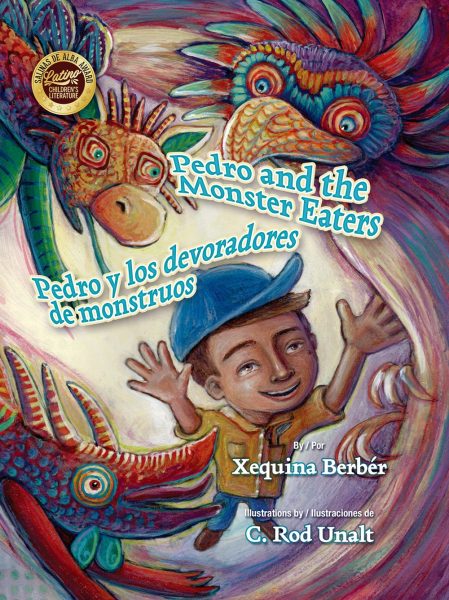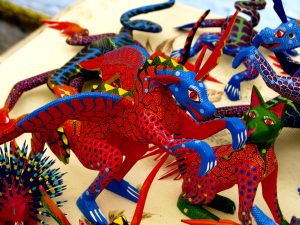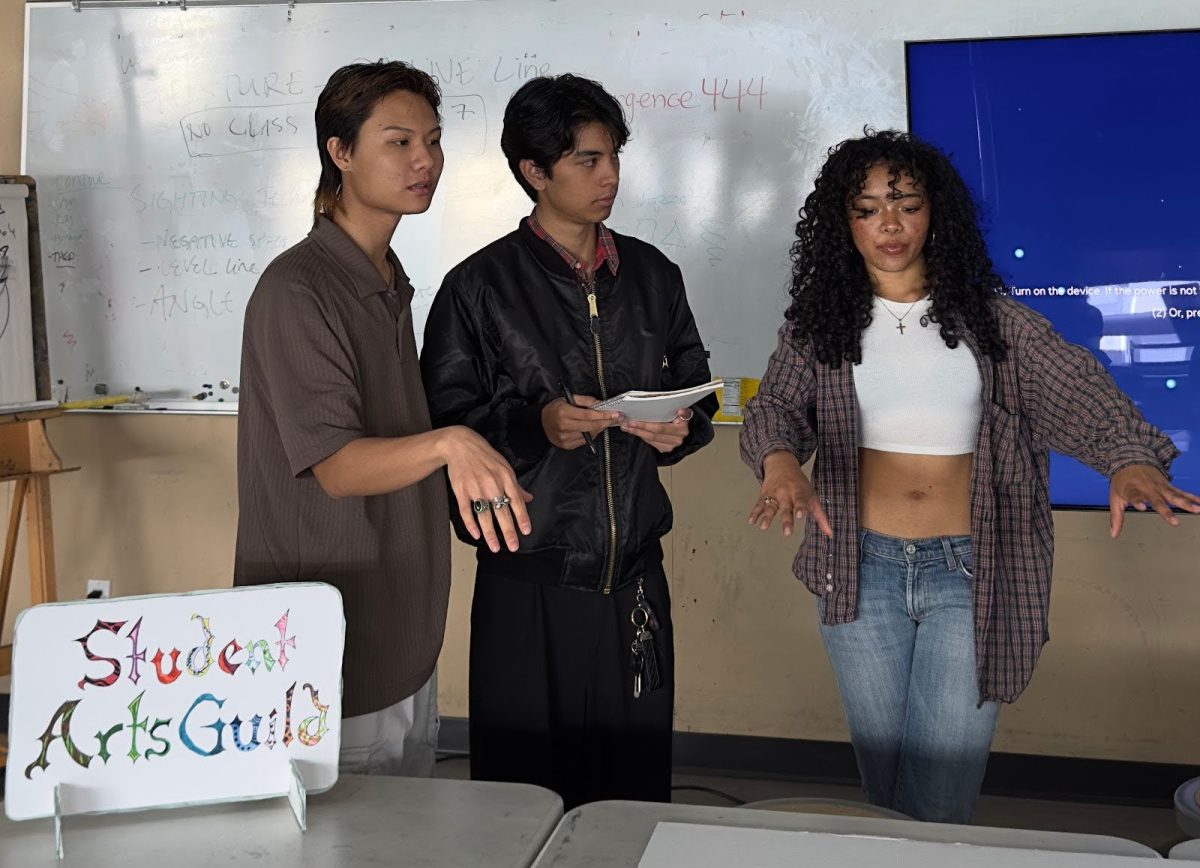
Merritt College Adjunct Librarian Xequina María Berbér published her second children’s book today, titled Pedro and the Monster Eaters, or Pedro y los devoradores de monstruos in Spanish.
Written bilingually in English and Spanish, the picture book is a fictionalized account of the career of the late Mexican artist Pedro Linares.
Linares is known for creating alebrijes, which are sculptures of animals rendered with bold patterns and, often, unusual physical traits. Pixar fans may recognize the colorful creatures from the 2017 animated movie Coco, but alebrijes have been a popular art form across the Americas for decades.
In the 1930’s, before he achieved widespread fame, Linares was an established sculptor in Mexico City. He worked in a medium called cartonería, a style of paper mache originating in Mexico.
According to legend, Linares suffered from unbearable nightmares and headaches, but was cured when he had a dream about monsters who called out the word ”alebrijes!”. He dedicated himself to creating hand-painted cartonería figurines depicting the mystical beasts that changed his life, and the name stuck to them like paste.
Linares went on to establish alebrijes (pronounced ah-leh-BREE-hes) as a Mexican folk art tradition, for which he won Mexico’s National Prize for Arts and Sciences in 1990. His work inspired countless other sculptors to create their own alebrijes, though modern ones are often carved out of wood. Diego Rivera and Frida Kahlo were famously fans of alebrijes, and in Mexico City, a parade is held yearly celebrating alebrijes and their cultural impact.
Berbér connected strongly with the story of Linares and his creations, calling alebrijes a “gift to the world.”

Berbér said her new book, penned during the COVID-19 lockdown, explores spirituality and hard work. She reimagined Linares as a child, making sculptures and puppets alongside his family in Mexico. Like the adult Linares, the young artist falls ill, and is rescued from a nightmare by benevolent monsters.
Berbér stressed that even though a painted, stylized figurine of an animal might look the part, many modern examples “aren’t true alebrijes.” A true alebrije takes a fantastical form.
“They might have [the] head of a lion, they might have wings,” Berbér described. “Then they might have hooves and a snake tail.”
For Berbér, the chimeric appearance of alebrijes represents their connection to dreams and spirituality, which have been continuous sources of inspiration for her. Berbér’s first children’s book, The Mermaid Girl, was based upon dreams she had as a child.
Pedro will be published by Piñata Books, the children’s publishing arm of Arte Público Press, which is the largest publisher of US Hispanic authors in North America. Arte Público awarded the book the Salinas de Alba Award for Latino Children’s Literature in March.
Berbér said Arte Público was the first publisher she sent Pedro to, and it was quickly accepted. She credits this success to pitching her idea purposefully, advising aspiring authors to do the same.
“Do your research before you send it to a publisher and make sure that your book is right for that publisher,” she said. And for those struggling with nightmares, Berbér has another suggestion: “Get an alebrije, put it by your bed, and see if that helps.”
Pedro and The Monster Eaters can be purchased online now on the Arte Público Press website.

























